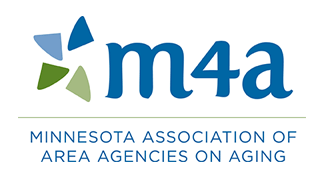Falls Prevention
Every September, we recognize and promote Falls Prevention Awareness. This year we discussed Falls Prevention and Awareness differently due to the on-going pandemic. Here is some of the highlights of what we were able to do. I was able to visit VINE Faith in Action on Tuesday September 22 where they were doing free balance checks for anyone interested. Mankato Clinic also participated in this program. The balance checks were able to be completed outside.
Another item we talked about during Falls Prevention Week was Myth vs. Reality.
- Myth: Muscle strength and flexibility can’t be regained.
- Reality: While we do lose muscle mass as we age, exercise can partially restore strength and flexibility. It’s never too late to start an exercise program. Becoming active now will benefit you in many ways – including protection from falls.
- Myth: I don’t need to get my vision checked every year.
- Reality: Vision is a key risk factor for falls. People with vision problems are more than twice as likely to fall as those without visual impairment. For those with low vision, there are programs and assistive devices that can help. Ask your optometrist for a referral.
- Myth: I don’t need to talk to my parent, spouse, or other older adult if I’m concerned about their risk of falling. It will hurt their feelings and it’s none of my business.
- Reality: Let them know about your concerns and offer support to help them maintain the highest degree of independence possible. There are many things you can do, including removing hazards in the home, finding a falls prevention program in the community, or setting up a vision exam.
- Myth: I don’t need to talk to family members or my health care provider if I’m concerned about my risk of falling. I don’t want to alarm them, and I want to keep my independence.
- Reality: Fall prevention is a team effort. Bring it up with your doctor, family and anyone else who is able to help.
Even though September is over, we still need to be aware that falls occur in over 25% of the population over the age of 65.





